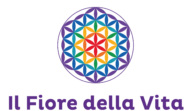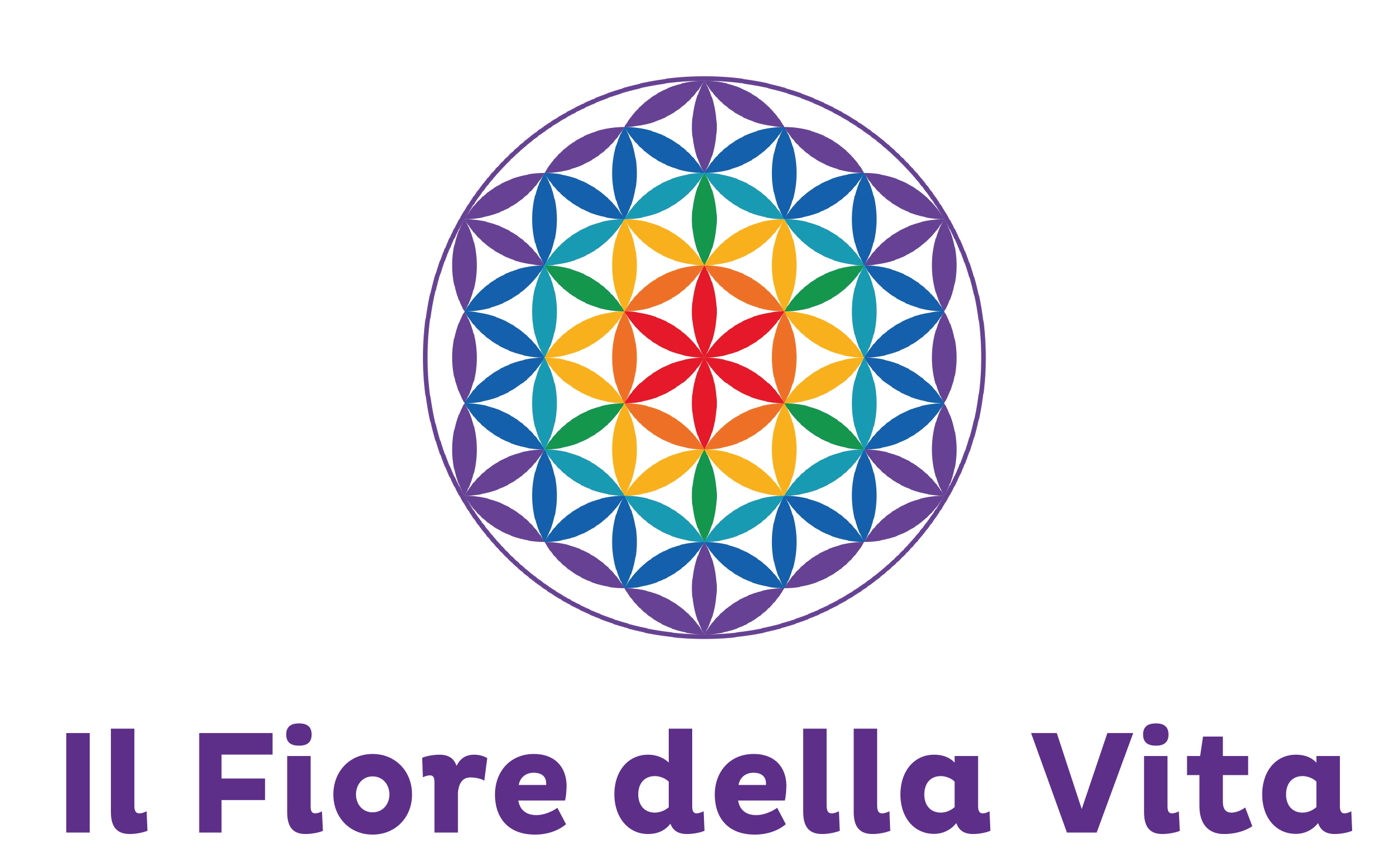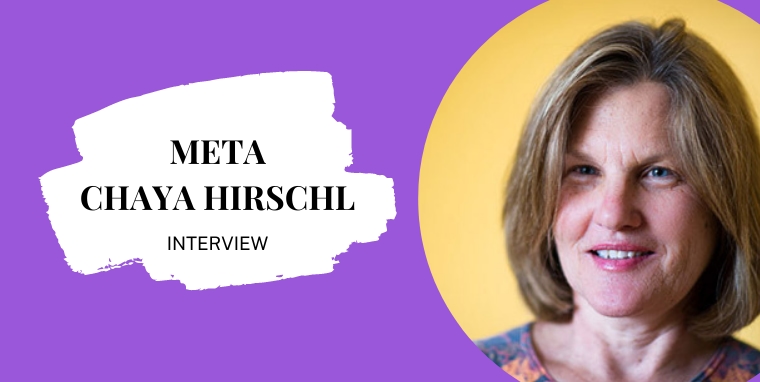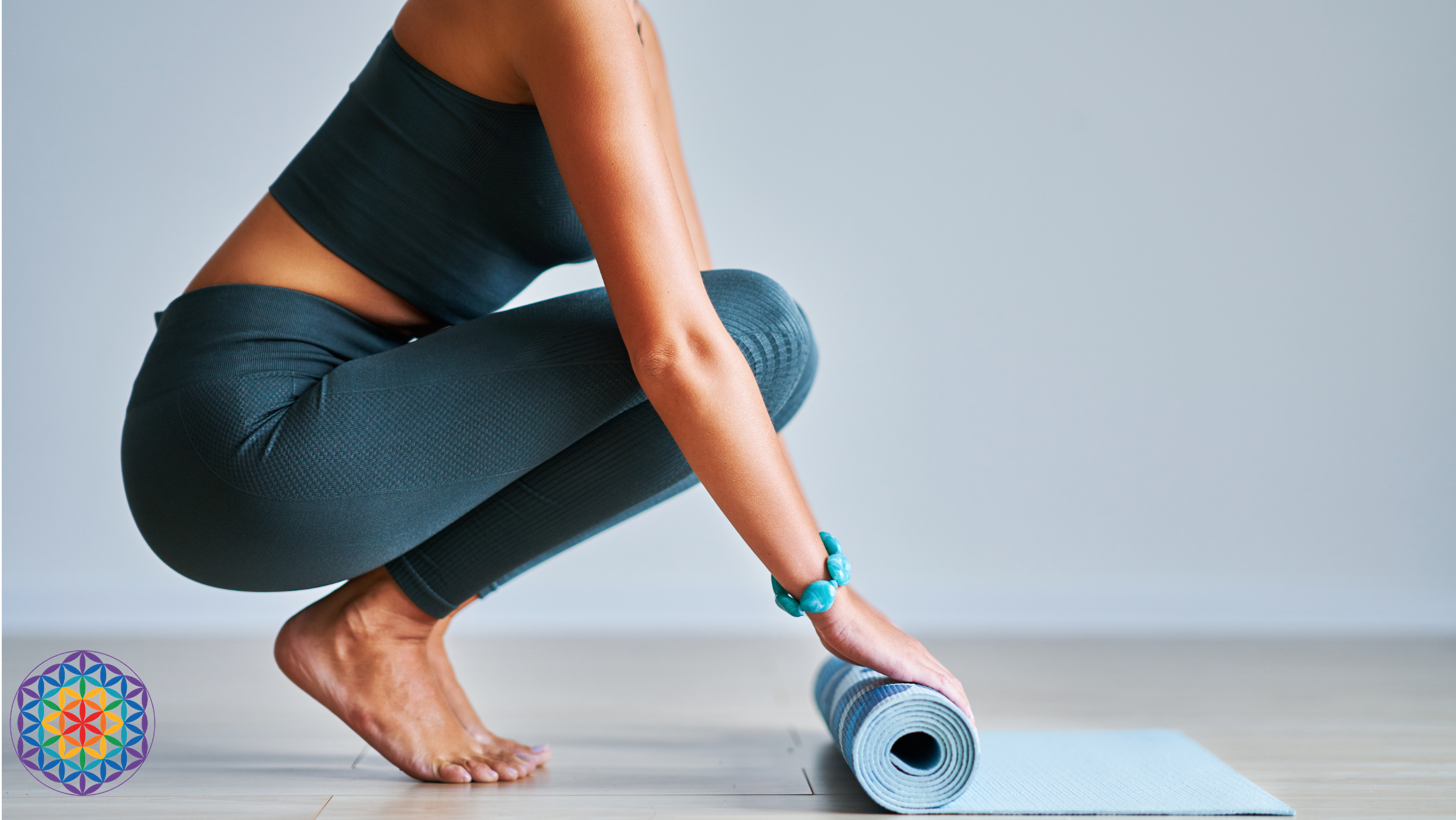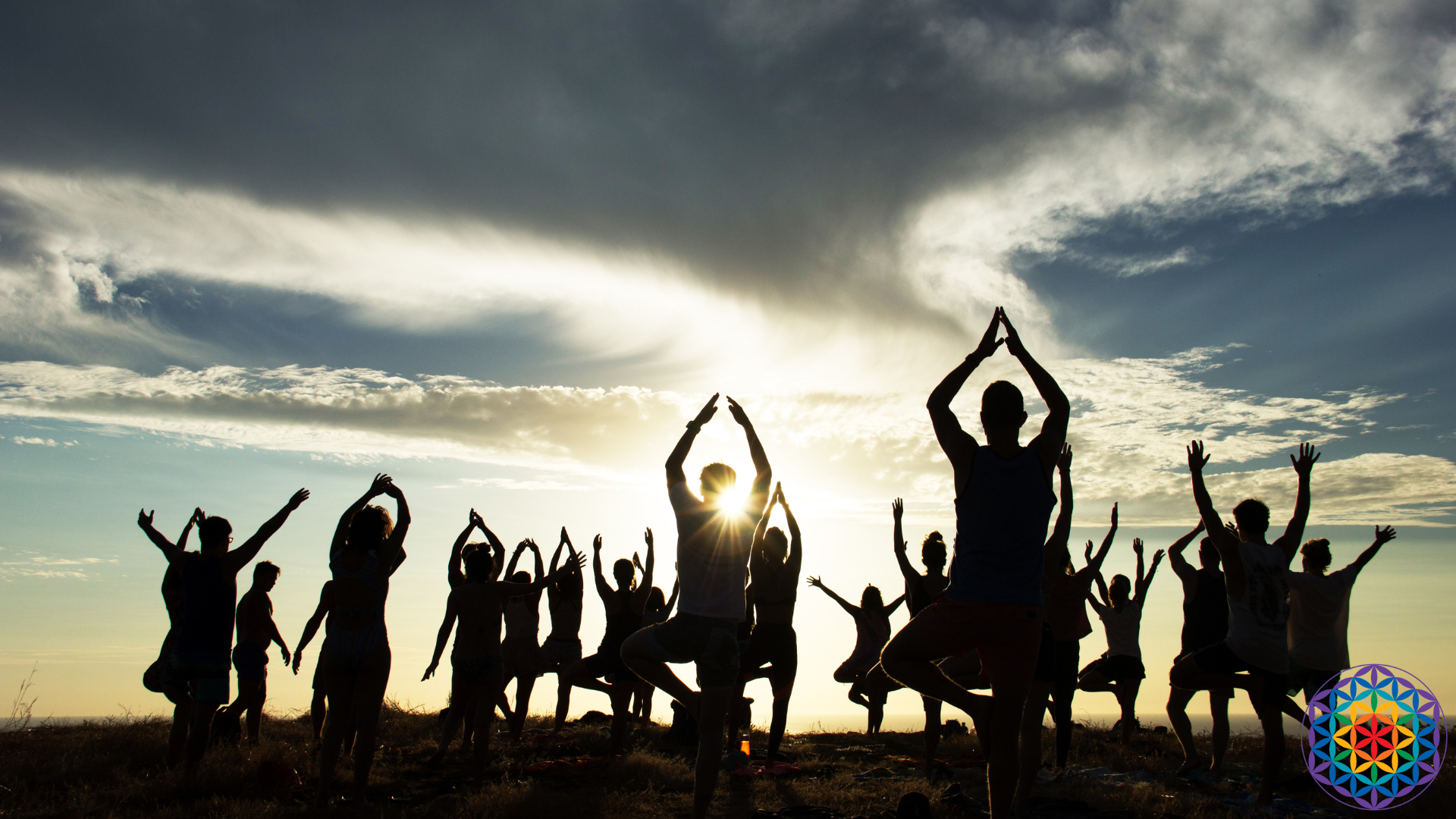Meta Chaya Hirschl is a passionate yoga teacher, whose personal history is a vibrant proof of the transformation and vitality that yoga can lead to at any time in one’s life.
Meta’s been studying yoga for decades and teaching it for 14 years, but before opening her own yoga studio in Albuquerque, New Mexico, she pursued her studies and career in different fields, successfully and at length. Yoga helped Meta cope with and recover from a serious case of asthma she developed in 1988. This experience and her passion for yoga lead Meta to study for sevel years to become a yoga teacher and later establish her own yoga studio and Teacher Training program.
Meta is an expert and highly qualified teacher, but her most striking quality is the vitality and passion she pours in her teaching and writing about yoga as a means to change one’s own life and help others.
Meta Chaya Hirschl is the author of Vital Yoga, an excellent yoga handbook that is finally out in Italian. As her book reaches the shelves of Italian bookstores, we had the pleasure to interview Meta and talk about the topics that we found most interesting while reading Vital Yoga.
An interview with Meta Chaya Hirschl
[Leggi l’intervista in italiano]
[Le Vie del Dharma]
The title to the Italian edition of Vital Yoga, “Yoga per Tutti”, can be translated as “Yoga for All” and this title appears to mirror the book’s content. You tell the story of yoga and its evolution simply and very clearly, giving tangible examples on how to apply its principles to everyday life, and you have illustrated each asana (posture) for people of different ages and in different physical conditions. The reading of your book raises the desire and curiosity to explore, experiment, study and practice, and a beginner can surely deduce yoga to be at his reach. How was the desire to write this book born? And what did you wish to impart to the readers?
[Meta Chaya Hirschl]
While I was conducting yoga teacher trainings and during meditation I sensed a message very clearly. I don’t know how to communicate exactly what this means to your readers, dear Le Vie del Dharma, but I will try.
During my life there have been times when I receive a directive or a message of what to do next. Sometimes these messages come as a direct result of asking for help, seeking inner (or you could say cosmic) guidance. For example, I would say I almost ‘heard’ a voice telling me that I should teach yoga, that I didn’t just heal from asthma for myself, but that I also healed so I could help others.

In the case of writing a book on yoga, honestly I resisted for some time. There are so many yoga books, why would I write another? Yet to teach yoga teachers I was continually gathering and synthesizing material on history, Sanskrit, yoga therapeutics. I developed the timeline of philosophy and yoga (page 21 in Vital Yoga) as a way to help students not familiar with Indian history help make sense of the broader movements of yoga. At one point during teacher training I felt awash in papers and needed to compile the material and then, I sensed that yes, this might be helpful to others. Even as I was writing I would sit down and check in, should I continue with this project? I continued to be guided to work on the book.
What I most sincerely wish for my readers is that the teachings will help them in their life to manage stress, anxiety, and obstacles in a way that is ultimately empowering and joyful. Of course pain and tragedy are not joyful, yet, when we dive into ourselves and deeply care for our body, thoughts and spirit, somehow even out of misery we awaken just a bit more, to ourselves and ultimately to the suffering around the world. We may know, at some visceral level, that we are connected, in pain and ecstasy. Ah, that is yoga, union, connection.
[Le Vie del Dharma]
The postures (asana) are the third among the eight branches described by Patanjali, and yet we westerners identify physical performance with the essence of Yoga. What are the opportunities that this “western” approach offers, and which are the ‘risks’?
[Meta Chaya Hirschl]
Viewing yoga as merely physical performance is like witnessing a stunning natural beauty and only noticing that it is daylight. It may well be daylight but what we are missing!
However we come to yoga, and many do come to yoga for physical reasons, it is good. Practicing poses offers such a wealth of benefits it is natural that we appreciate it. Many suffer from back pain, hip and joint stiffness, shoulder and neck tightness. When we uncover relief from these pains, of course we are happy, as we should be. What we may also notice is how we find a small slice of contentment at the end of class in the final rest pose. That contentment may grow over time and we may seek ways to expand that mental ease. That is the great opportunity of yoga.
[Le Vie del Dharma]
Let me quote your book: “Essentially, the perfect posture is the one executed with awareness and enthusiasm and not to match an external image”. The pictures in your book portray you and your students, each with different physical abilities and, as a consequence, with variations to the asanas. However, in yoga books and on the Net, pictures of acrobatic yogis are most widely used. What do such images have in common with the yoga practiced by normal people in their everyday life? And which reaction can they cause in those who see them?
[Meta Chaya Hirschl]
The poses in Vital Yoga are meant to convey that each manifestation of a pose is equal and beautiful. It is not the younger more flexible yogi that is the “fullest” pose, they are all complete poses. That is why the yogis are in the same photograph, not separate images but together. I feel strongly that the way yoga poses are widely shown in the media sends the message that yoga is for young, flexible, thin, and conventionally beautiful women. How far that is from the truth! Yoga is for everyone and offers benefit, huge benefits to humanity.

[Le Vie del Dharma]
Should a teacher be somehow physically impaired, what can she/he do to present to her/his students a posture in which she/he has difficulties? How can she/he pass it down at best and be of inspiration to them?
[Meta Chaya Hirschl]
My recommendation is to teach what we know. We can all find some way to do a pose with modifications, whatever they may be. So a teacher can show what she can do and then indicate there are additional ways to do the pose, perhaps having another student demonstrate variations on the pose. Knowing the critical foundational opposing movements and how the spine lengthens and then moves informs all teaching.
[Le Vie del Dharma]
I can’t resist asking: the statement according to which there are 8.400.000 asanas, of which 84 only are useful, is intriguing. What about the other 8.399.916?
[Meta Chaya Hirschl]
The ancient texts to which you are referring have these beguiling statements of facts that do twist the mind and make us think. What are poses then? Why are some important, and which poses are important? Yoga is fundamentally a science of self-discovery and I believe these seemingly odd statements are meant to engage us in the inquiry. What poses are important to us and why? What pose do we actually create most everyday, probably sitting, yes? What should we focus on expanding?
That is my perspective, but some texts quote the mythic:
According to Lord Shiva the total number of yoga asanas is 8,400,000. Out of that, however, only 84 are important for the good and welfare of man. Sris Chandra Vasu, Gherand Samhita: A Treatise on Hatha Yoga (London, England: Theosophical Publishing House, 1895), 25–26.
[Le Vie del Dharma]
In your book you often refer to ways in which to apply yoga to everyday life, out of the mat. It is somehow inevitable, because the practice does transform, but how difficult and yet important is it to do it intentionally and with awareness?
[Meta Chaya Hirschl]
Yoga works on us whether we are intentional or not, sometimes it feels sneaky. I’ve had students report that they’ve noticed they have moved away from loud parties and drinking so they can get better sleep and practice more easily. Or sometimes students will report eating patterns and habits shifting. The more we practice yoga the greater the chance we can see how our lives can be more awake and intentional. Sometimes the change comes in a sudden Wow and sometimes it is slower and the path is uneven.
The more we can pay attention to our thoughts, especially the thoughts of violence toward ourselves, the more our awareness will grow moment by moment. We may be astounded at how much of the time we spend secretly degrading ourselves and our actions. Yet, the first principle of yoga is non-violence, and that begins with our own minds towards our most precious Self.
[Le Vie del Dharma]
In your opinion, why is it that 80% of the people practicing yoga are women?
[Meta Chaya Hirschl]
Yoga requires a level of vulnerability and openness that I think is hard for men, especially when they sense that they will not be the most flexible in the room and competition is so pervasive in our culture. Sadly physical flexibility has become inextricably equated to yoga. So many men, and women, will say to me, I would like to do yoga but I am not flexible enough. But it is doing yoga that helps us become flexible. It’s sort of like saying I would like to eat, but I am too hungry!
[Le Vie del Dharma]
New yoga styles seem to proliferate. Are all these recent reinterpretations – sometimes made by single teachers – really necessary? Is this phenomenon common to India too or is it more typical of the West?
[Meta Chaya Hirschl]
I cannot speak to phenomena in India but yes, in the West it seems quite common for teachers to create styles. Sometimes it seems funny to me because really since we are each unique we could each have our own yoga style…no two people are alike and I believe there are no absolutes. What works for me may not work for you. We have to go inside as we practice and experience deeply the poses and the breathing and the mantra and whatever we are practicing and see what our response is. And our response may change with each year or breath, we must keep watching! Now! Now! Now!
[Le Vie del Dharma]
In your book you suggest many creative exercises, such as drawing, writing… What is the boundary, if any, between discipline and creativity in yoga? And how can we be creative on the mat?
[Meta Chaya Hirschl]
Yoga is life so how can there be boundaries? When I am hiking the Grand Canyon I may be chanting a Hanuman mantra, when I am in a business meeting I am likely watching my breath and my inner response to reactions in the room, when I am cooking vegetables I may be trying to feel the prana of the eggplant. At some point in our journey we may not see a distinction between yoga and life. And then, life becomes even more beautiful!
Creativity on the mat may be tricky but as long as we are following our breath and very precisely experiencing the body in poses, we can discover many possible poses. The reason it is tricky is that if we do find ourselves ‘injured’ or in some pain we may run away and blame the yoga. In fact, we can practice with care and great awareness with injury and learn even more. And still, there may well be times when moving away from the mat for a period is required too. We will know what to do as we refine our ability to experience our breath and sensations.
[Le Vie del Dharma]
Ahimsa (non-violence): how important is it not to be violent with oneself during the practice?
[Meta Chaya Hirschl]
Ahimsa is the first rule of yoga and it is the foundation of all, physically, emotionally, mentally, spiritually, all the koshas. We practice over and over again listening to our thoughts. Are the thoughts kind and loving? We can be honest, thinking, this pose is difficult and I am working with great intensity and fierce energy without also saying, why can’t I do this better? Why am I always the loser? Why is everyone better than me? We can absolutely choose which thoughts we focus on.
We need to be very cautious of violence toward ourselves and from others in the room.
[Le Vie del Dharma]
With regards to Ahimsa, you maintain that scholars don’t agree on whether it is at the base of vegetarianism. Being vegetarian is not compulsory for those practicing yoga, but many yogis are vegetarians. What is your opinion on this matter, if you wish to share it? And how to make an honest dietary choice, out of awareness aware and not self-imposed?
[Meta Chaya Hirschl]
Such a well-considered question. Yes making honest dietary choices out of awareness and not self-imposed is the key, to me. I honor the choices that other yogis make and hope that we all, as a people on the planet, learn to make choices that are self-sustaining and planet sustaining.
Personally I have evolved over the years quite a lot and that is one reason I do not judge others on their path. My path is always changing.

I have the honor of hosting hens in my backyard and so I do love to eat their eggs. They are so adorable, by the way! So much personality. For example, Dreamsicle will come over and put her foot on mine if I put her down and she wants to be picked up again. But I cannot imagine eating chicken at this point in my life.
A beloved relative asked me casually how long chickens live. I could not stop myself from saying, well the chickens that you eat probably lived about 3 months with no natural light and never darkness in cramped and horrendous conditions and with many chemicals. My chickens have lived a variety of years, some succumbing to illness, raccoons, and dogs. The eldest is 8 and she is still laying eggs.
[Le Vie del Dharma]
An absolute beginner receives your book as a gift. She/He is mesmerized, but there are no yoga schools in hes/his town. What would you suggest her/him, for her/him to experiment in a progressive and safe way the asanas and meditations described in the book?
[Meta Chaya Hirschl]
I would say to our beginner that setting an intention, a sankalpa, before each practice is especially important. Why are you practicing? What brings you to this moment? And I would suggest that in addition to their personal intention to add the intention to make breathing and listening to the body the primary focus. Then have fun! Try things, see how it feels. Read the book with interest and curiosity, the same way you practice yoga. You might consider taking an online course (I offer a few on udemy.com) or there are wonderful online teachers, I especially like Esther Ekhart of ekhartyoga.com. When you practice sincerely, with intention and follow the breath, the teacher will come from within or from the outside.
[Le Vie del Dharma]
Before becoming a yoga teacher, you had numerous professional experiences, in different and challenging environments. When you realized you wanted to change your life and devote yourself to teaching yoga as a profession, did you ask yourself if it was too late for such a change? What strong motivation did support you?
[Meta Chaya Hirschl]
Too late for a change? Why, change is all there is! To think that somehow we are too late is, in my humble opinion, a misunderstanding of our present time.
Probably the most useful thing to remember, however inappropriate it may feel in our current youth oriented culture, is that we are most definitely going to die, we just don’t know when. This is not bad news, it is the truth.
So, if we know we have a limited time, why not try to do whatever moves us? Why not take the breaths we have and make as much fun and experimentation as possible. What is the downside? Being embarrassed? Who is not embarrassed? What are we afraid of? Once we face the finality of our existence we are liberated to be who we truly are. And yoga is a most excellent way to uncover that truth. It is not the only way, but it is a way I can heartily recommend.
[Le Vie del Dharma]
How would you advise anyone believing to be too tied to his own professional life to take such a step?
[Meta Chaya Hirschl]
We may ask ourselves, What am I tied to? What is the worst that can happen? If leaving the job feels too scary, then don’t leave it. If staying at the job feels like a slow boring hell, then, take a deep long yogic breath, smile and JUMP!

